Hi there, pet lovers! 🐭
Mice (Mus musculus) are tiny, intelligent, and social creatures that make delightful pets for the right owner. While often overshadowed by larger rodents like hamsters or guinea pigs, mice offer unique charm with their playful antics, strong social bonds, and relatively low-maintenance care.
This comprehensive guide covers everything you need to know about pet mice—from their behavior and housing needs to diet, health, and costs. Whether you’re a first-time owner or an experienced rodent enthusiast, this review will help you decide if mice are the perfect addition to your home.
Overview
Mice are small, highly social rodents that thrive in groups. They’re active, curious, and can form strong bonds with their owners—though they’re more observational pets than cuddly companions. Here’s a quick summary of what makes them special:
- Handling & Temperament: Can be skittish but tame with patience; best for gentle, older children.
- Care & Maintenance: Moderate upkeep—requires frequent cage cleaning and enrichment.
- Health & Durability: Prone to tumors, respiratory issues, and short lifespans (1–3 years).
- Availability: Widely found in pet stores, breeders, and rescues.
- Cost: Affordable initial setup but vet bills can add up.
- Overall: A rewarding pet for those who enjoy interactive, social animals.

Why Choose a Pet Mouse?
Mice are ideal for owners who:
- Want an active, entertaining pet that’s fun to watch.
- Have limited space (they don’t need large enclosures).
- Enjoy bonding with small animals through patience and gentle handling.
- Prefer low-cost pets (though vet care is still essential).
They’re not the best choice if:
- You want a cuddly or long-lived pet.
- You dislike frequent cage cleaning (mice produce strong ammonia odors).
- You’re sensitive to nocturnal activity (they’re most active at night).
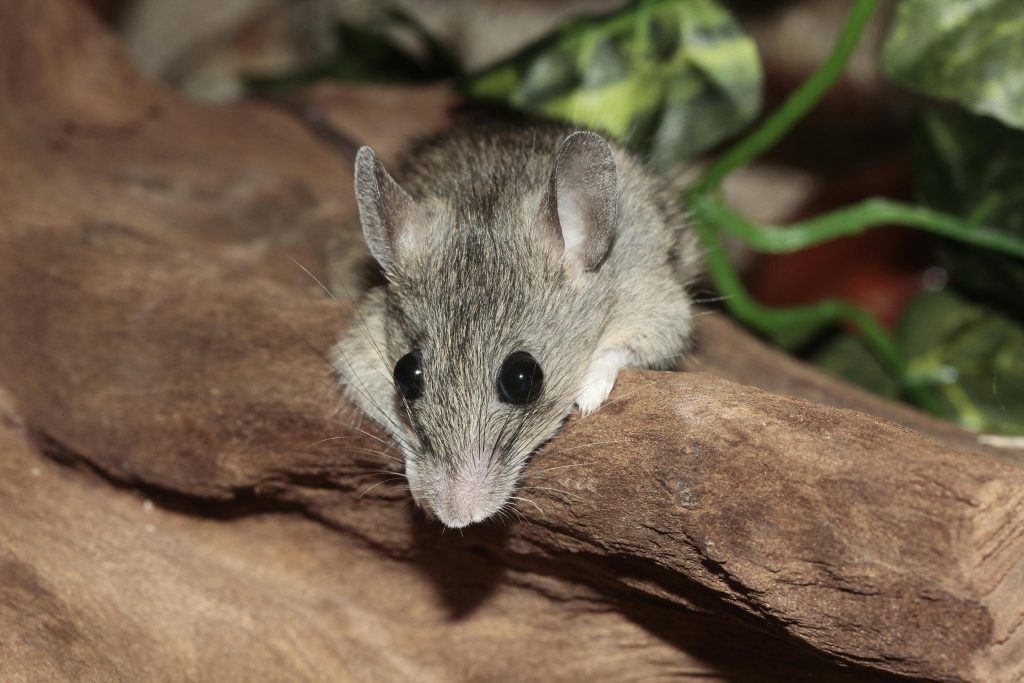
Handling and Temperament
Mice are prey animals, meaning they’re naturally cautious. While some may never enjoy being held, others can become quite tame with consistent, gentle interaction.
Personality Variations
- Females: Typically more active, social, and less smelly than males.
- Males: Often calmer but may scent-mark more; best kept alone unless neutered.
Handling Tips
- Start slow: Let mice sniff your hand before lifting.
- Use a cupped hand or a small tube to scoop them up—never grab by the tail.
- Avoid sudden movements—they startle easily.
- Supervise children—mice are fragile and can be dropped or squeezed.
Biting
Mice rarely bite, but a nervous mouse might give a warning nip. If bitten, wash the area—their teeth are small, and injuries are minor.
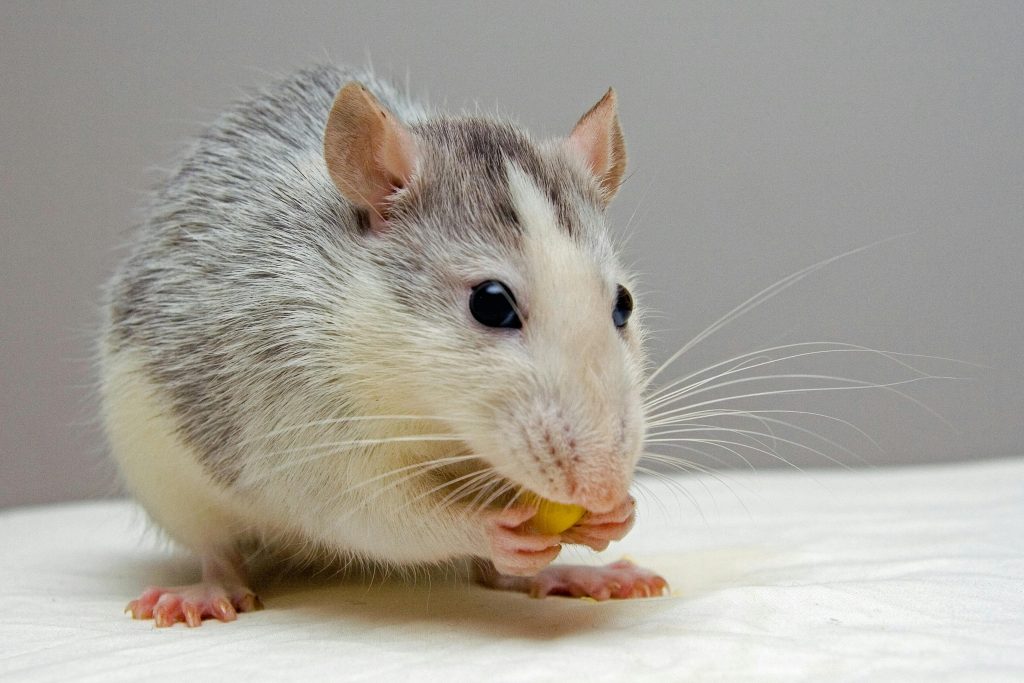
Care and Maintenance
Mice need a clean, stimulating environment to stay happy and healthy.
Enclosure Setup
- Minimum Size: 10+ gallons for 1–2 mice (bigger is better).
- Bar Spacing: ≤0.5 cm to prevent escapes.
- Bedding: 4+ inches of dust-free aspen, paper, or hemp bedding.
- Hiding Spots: Cardboard tubes, small houses, or coconut hides.
- Clutter: Fill the cage with ropes, ladders, and tunnels for climbing.
Temperature & Humidity
- Ideal Temp: 65–75°F (avoid drafts and direct sunlight).
- Humidity: Moderate (too dry = respiratory issues; too damp = mold).
Cleaning Routine
- Spot-clean daily: Remove soiled bedding and food waste.
- Full clean weekly: Replace ⅔ of bedding to reduce stress.
- Avoid harsh cleaners: Use vinegar/water or pet-safe disinfectants.
Diet and Feeding
Mice are omnivores and need a balanced diet to prevent obesity and health issues.
Staple Diet
- High-quality lab blocks (e.g., Oxbow, Mazuri) for balanced nutrition.
- Seed mixes (sparingly—they’re high in fat).
Supplements & Treats
- Fresh veggies: Broccoli, carrots, peas (avoid citrus or onions).
- Protein: Mealworms, cooked egg, or plain chicken (1–2x/week).
- Fruits: Apples, bananas (tiny amounts—high in sugar).
Feeding Tips
- Scatter food to encourage foraging (mental stimulation).
- Avoid overfeeding—mice don’t stop eating when full.

Health and Durability
Mice are frail and prone to several health issues:
Common Problems
- Tumors: Especially in older females (mammary glands cover most of their body).
- Respiratory infections: Caused by dusty bedding or poor ventilation.
- Mites: Cause itching and hair loss (treat with vet-prescribed meds).
- Dental issues: Overgrown teeth need trimming by a vet.
Preventative Care
- Clean cages reduce ammonia buildup (a major respiratory irritant).
- Annual vet checks catch early signs of illness.
- Watch for lethargy, labored breathing, or lumps.
Lifespan
Pet mice typically live 1–3 years, with their relatively short lifespan being an important factor for potential owners to consider—proper care, including a clean environment and balanced diet, can help maximize their health and longevity.
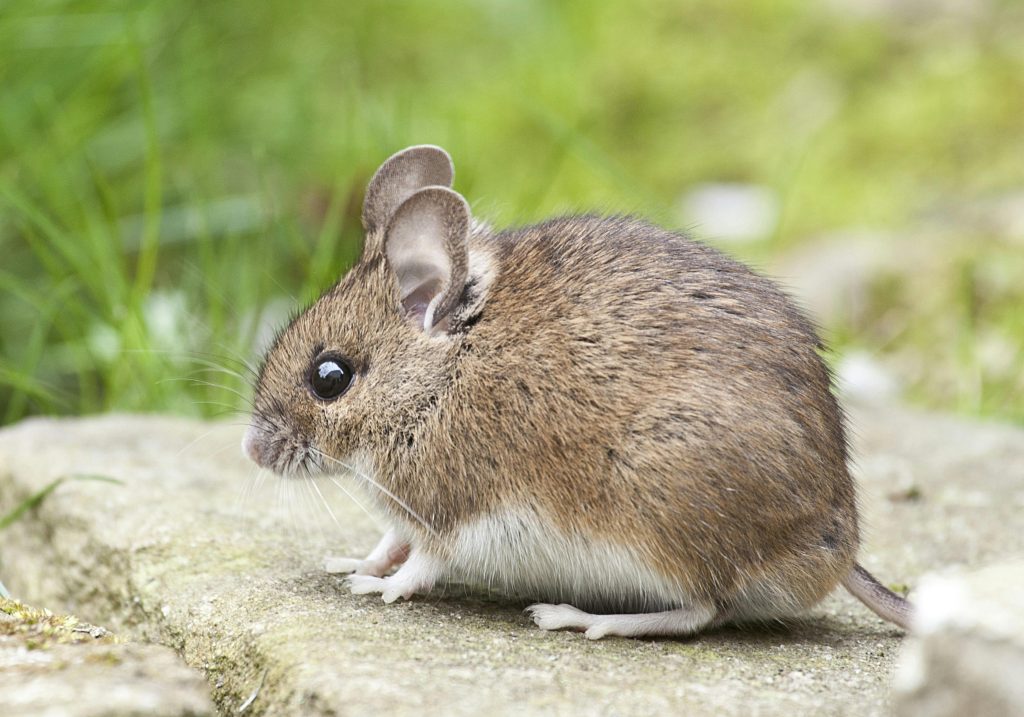
Availability and Cost
Where to Buy
- Ethical breeders: Healthier, better-tempered mice.
- Rescues: Many mice need homes due to accidental litters.
- Pet stores: Convenient but often source from rodent mills.
Cost Breakdown
- Mouse: $5–$20 (fancy colors/breeds cost more).
- Starter setup: $100–$200 (cage, wheel, hides, bedding).
- Monthly costs: $20–$40 (food, bedding, toys).
- Vet bills: $50–$200+ (respiratory infections, tumors).
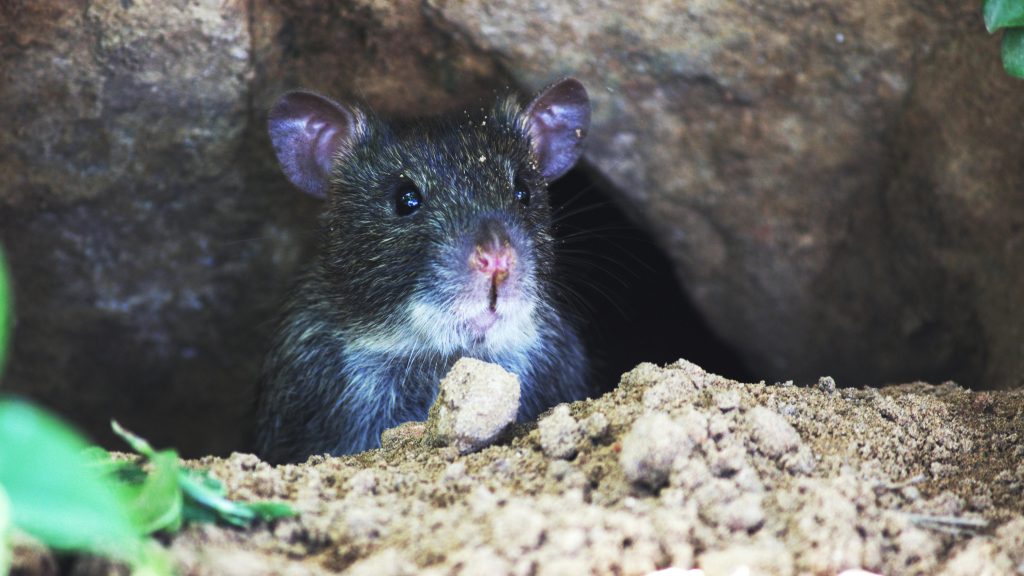
Pros and Cons
Pros
✅ Highly social and entertaining.
✅ Affordable initial costs.
✅ Great for small spaces.
✅ Intelligent—can learn tricks!
Cons
❌ Short lifespan (1–3 years).
❌ Strong odor (especially males).
❌ Nocturnal (can be noisy at night).
❌ Fragile—not ideal for young kids.
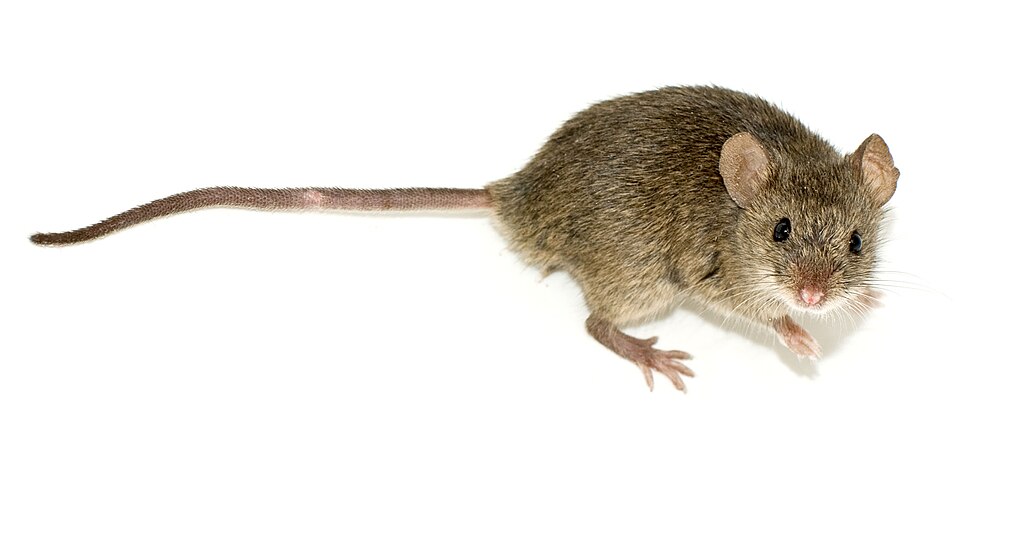
Final Thoughts
Mice are wonderful pets for patient owners who enjoy observing lively, social animals. While they require daily care and regular vet attention, their playful personalities and small size make them a joy to keep.
For the best experience, adopt from a reputable breeder or rescue, invest in a spacious, enriching cage, and handle them gently to build trust.
Have experience with pet mice? Share your tips in the comments below! For more small pet guides, stay tuned to our blog. 🐭💕

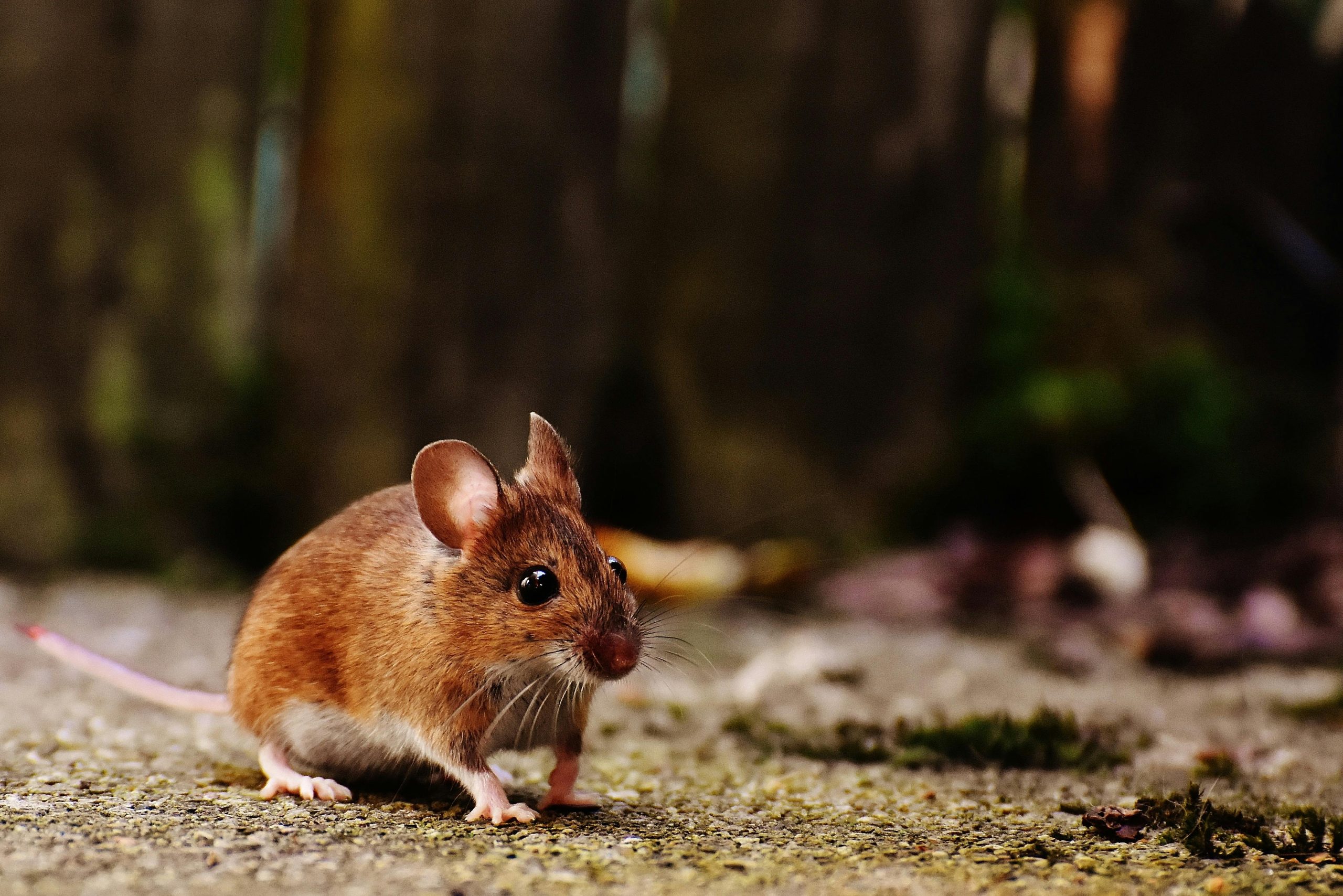


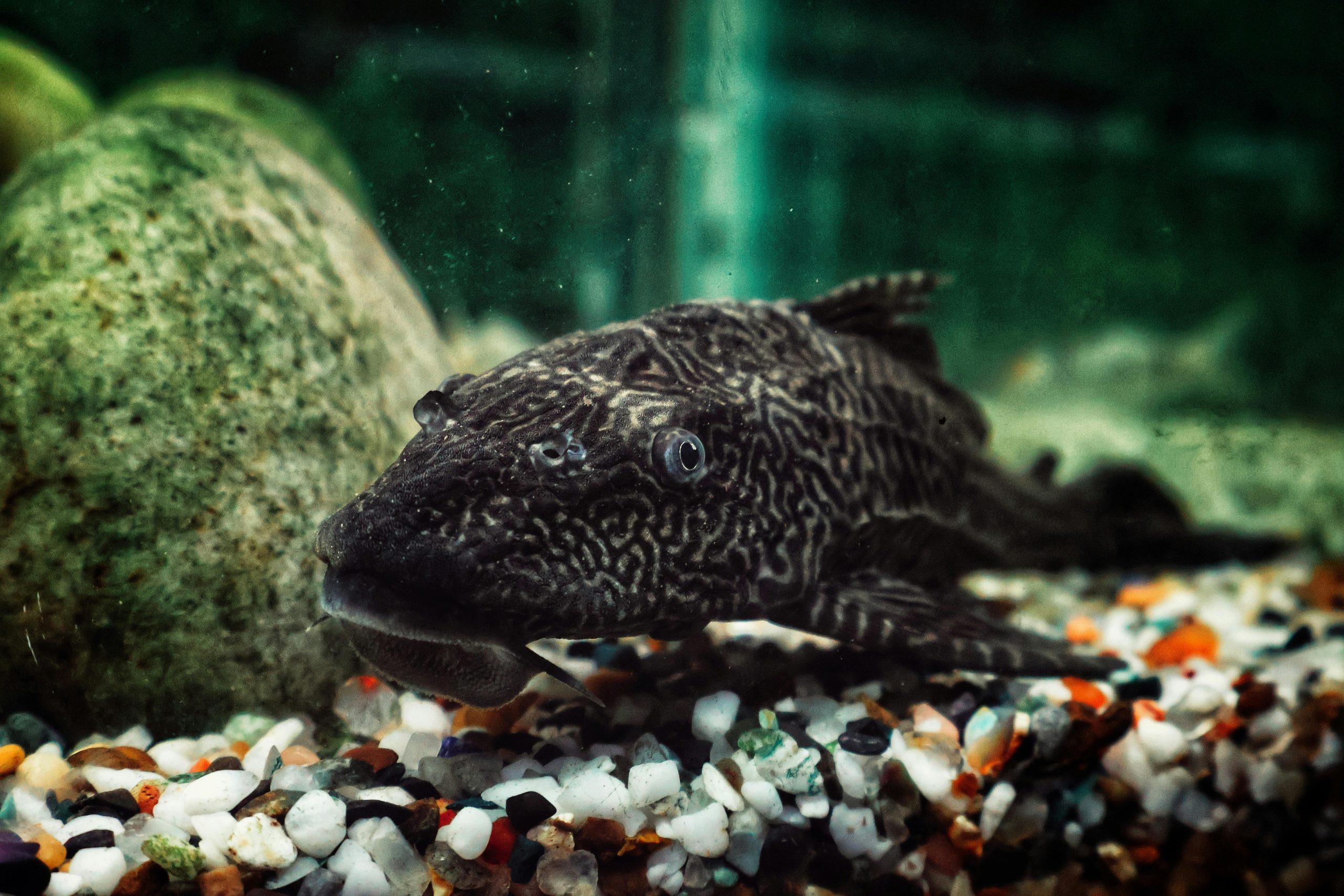
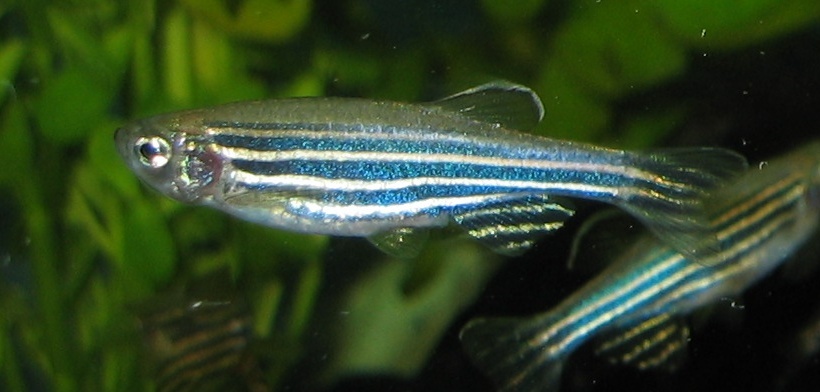
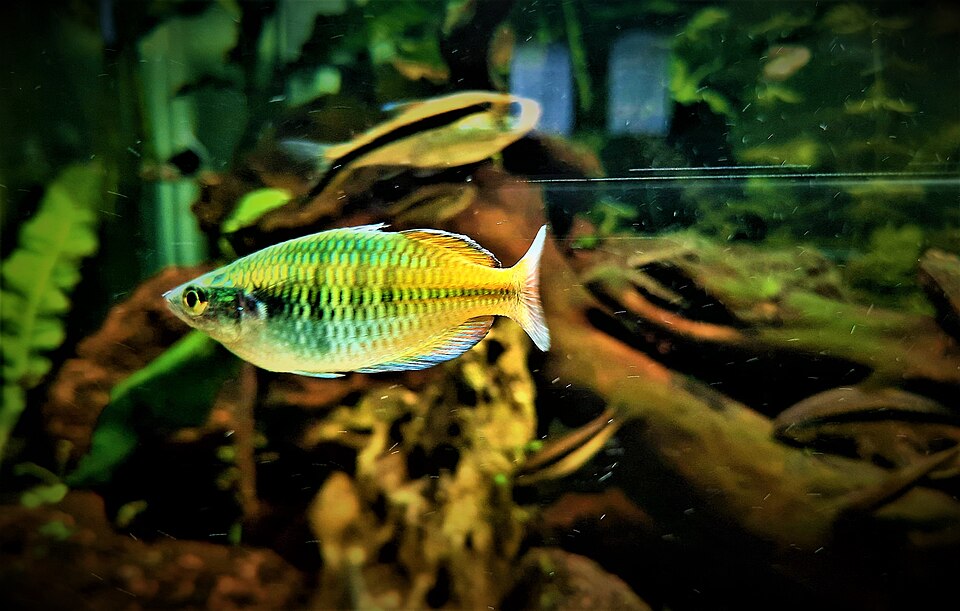
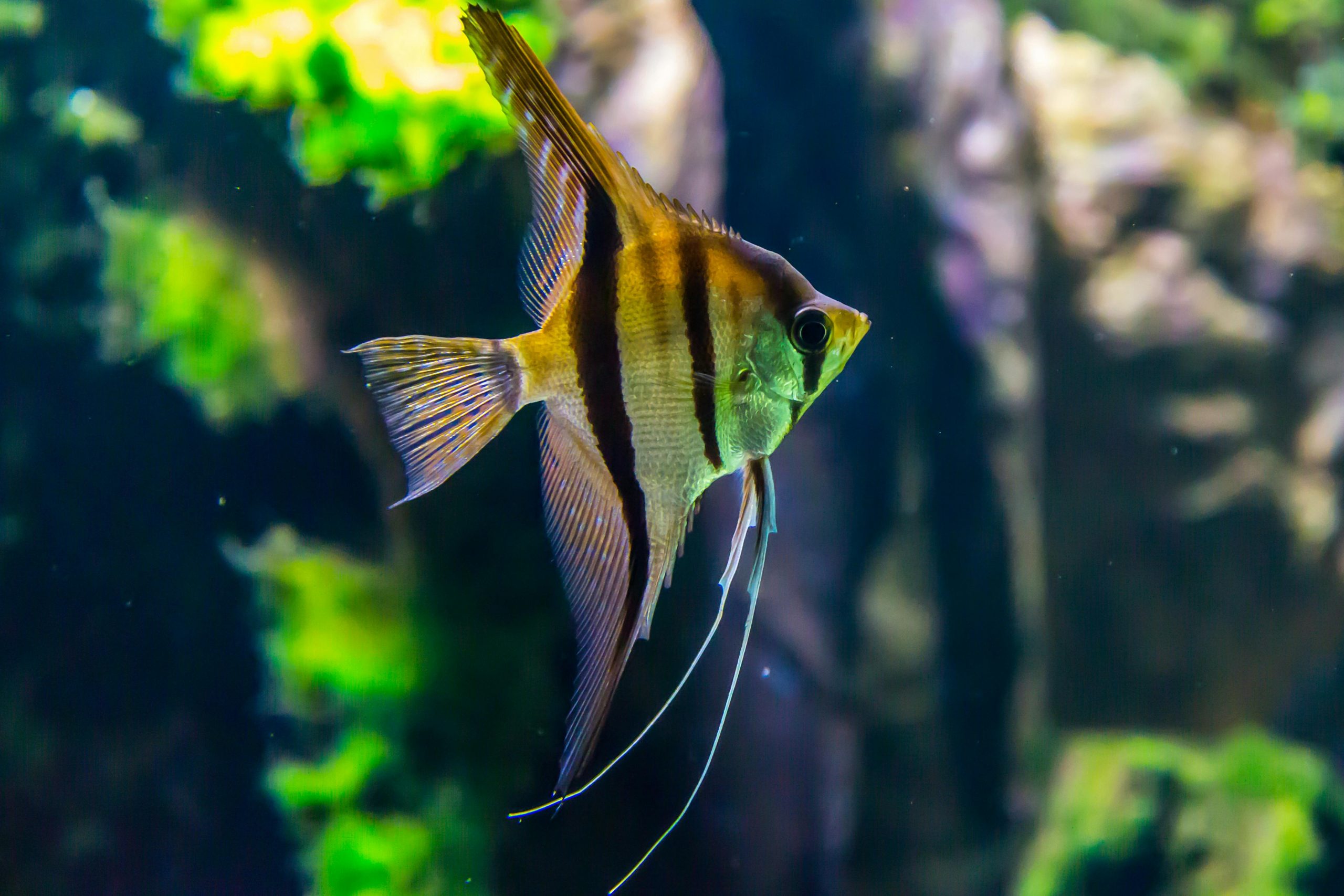
Leave a Reply